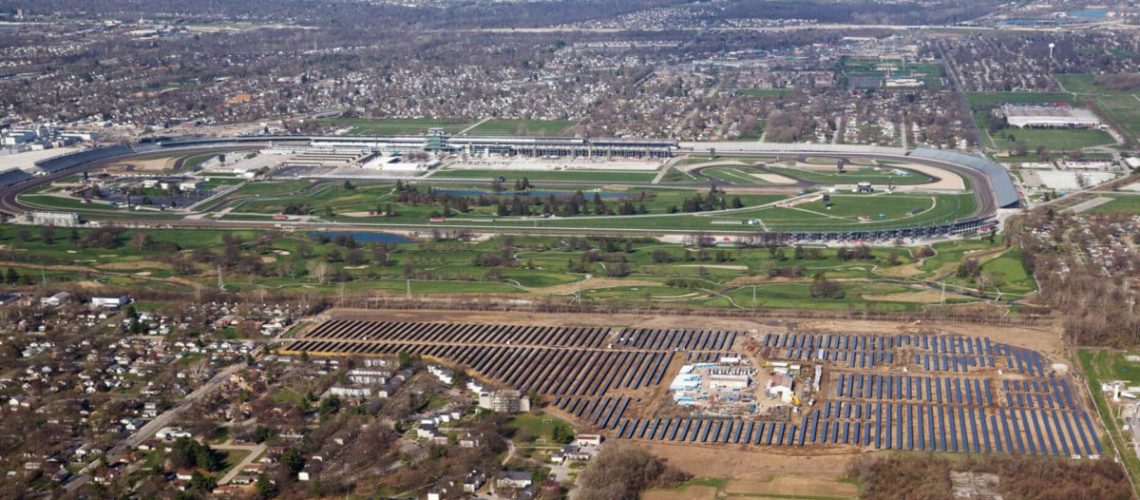With the passage of SB 411, Indiana communities can opt to voluntarily adopt regulations that will qualify them as a wind- or solar-ready community. The standards are expected to significantly cut project development time, lower costs, and create thousands of jobs in the clean energy industries.
The Indiana General Assembly has passed SB 411, a bill which allows communities to voluntarily adopt regulations that will qualify them as a wind- or solar-ready community, with the hope being that these standards will significantly cut project development time, lower costs, and create thousands of jobs in the clean energy industries.
The bill is very similar in flavor to last year’s HB 1381, which passed 58-38 in the state House before ultimately dying in the Senate, in that it establishes standards for setback and height requirements, as well as fencing around projects, however the big change is that the adoption of these standards is entirely voluntary and dependent on the community.
The death of HB 1381 has been partially attributed to the fact that it would have required all communities to have adopted these standards, a point of contention within the 32 Indiana counties that previously enacted bans on renewable power projects. With SB 411, the hope is that other communities across the state will recognize the economic opportunity presented by solar, as well as its eventual inevitability as a lowest-cost generation resource in a state that has been slow to adopt it, but is moving rapidly as of late.
“We hope that counties in Indiana will use these new standards, but if not, we look forward to continuing to work with stakeholders to explore ways to grow the state’s energy economy,” said Clean Grid Alliance State Policy Manager, Sean Brady.
Just last month, Duke Energy released a request for proposals (RFP) looking to bring up to 1.1GW of intermittent generation, specifically renewable energy generation like solar, wind, hydrogen or other commercially viable renewable energy technologies to the Hoosier state, as part of it’s most recent Integrated Resource plan.
Duke is also looking to construct or acquire up to up to 1.3GW of non-intermittent generation, which the utility defines as electric generation that is dispatchable on demand, specifically natural gas combustion turbines, combined-cycle units and stand-alone battery storage.
In August of 2021, CenterPoint Energy’s Indiana-based utility filed a request for approval from the Indiana Utility Regulatory Commission to enter into two power purchase agreements for an additional 335 MW of solar energy. The state’s solar takeoff has already begun, with almost all of its roughly 1.6GW of installed capacity reaching operations in 2021. When HB1381 passed the Senate last year, the state had just 475MW of installed capacity.
Over the next five years, the state is expected to add the sixth-most new solar capacity of any state in the country, with roughly 6.75GW of new solar expected in that time. According to the American Clean Power Association, Indiana has 1,218 MW of clean power currently under construction and 4,657 MW in advanced stages of development.



